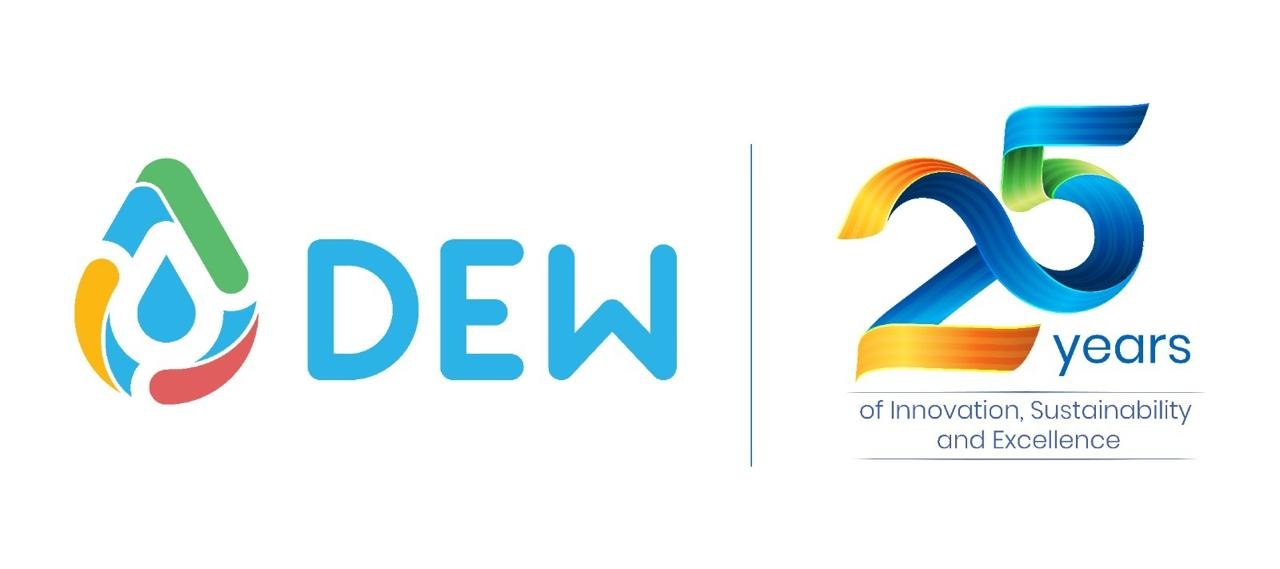Sewage is generated by industrial establishments also. In big manufacturing unit colonies are developed for workforce. Sewage includes household waste liquid from toilets, baths, showers, kitchens, sinks and so forth that is disposed of via sewers. In many areas, sewage also includes liquid waste from industry and commerce. The separation and draining of household sewage water for gardening and horticulture is universally applied.
Sewage may include rainwater runoff. Sewerage systems capable of handling rainwater are known as combined systems. . Heavy rainwater may overwhelm the sewage treatment system, causing a spill or overflow. Sanitary sewers are typically much smaller than combined sewers, and they are not designed to transport rainwater. Backups of raw sewage can occur if excessive Infiltration/Inflow is allowed into a sanitary sewer system.
Modern sewer developments tend to be provided with separate storm drain systems for rainwater. As rainfall travels over roofs and the ground, it may pick up various contaminants including soil particles and other sediment, heavy metals, organic compounds, animal waste, and oil and grease.
Process overview
Sewage can be treated close to where it is created, a decentralised system (in septic tanks, biofilters or aerobic treatment systems), or be collected and transported via a network of pipes and pump stations. Collection and treatment is typically subject to local, state and central regulations and standards. Industrial sources of wastewater often require specialized treatment processes. Sewage treatment generally involves three stages, called primary, secondary and tertiary treatment:
- Primary treatment : consists of temporarily holding the sewage in a tank where heavy solids can settle to the bottom while oil, grease and lighter solids float to the surface. The settled and floating materials are removed and the remaining liquid may be discharged or subjected to secondary treatment.
- Secondary treatment : removes dissolved and suspended biological matter. Secondary treatment is typically performed by indigenous, water-borne micro-organisms. Secondary treatment may require a separation process to remove the micro-organisms from the treated water prior to discharge or tertiary treatment.
- Tertiary treatment : polishes the water to make it suitable for reuse or to allow rejection into a highly sensitive or fragile ecosystem river, ponds and lake. Treated water is sometimes disinfected chemically or physically prior to discharge into a stream, river, it can be used for the irrigation. If it is sufficiently clean, it can also be used for groundwater recharge or agricultural purposes.
Dew manufactures custom sewage treatment plant for industries. These plants are combination of various technologies such as aeration, settling, biological treatment, filtration, sedimentation, disinfection, sludge recycling, etc. For further details contact Dew.

